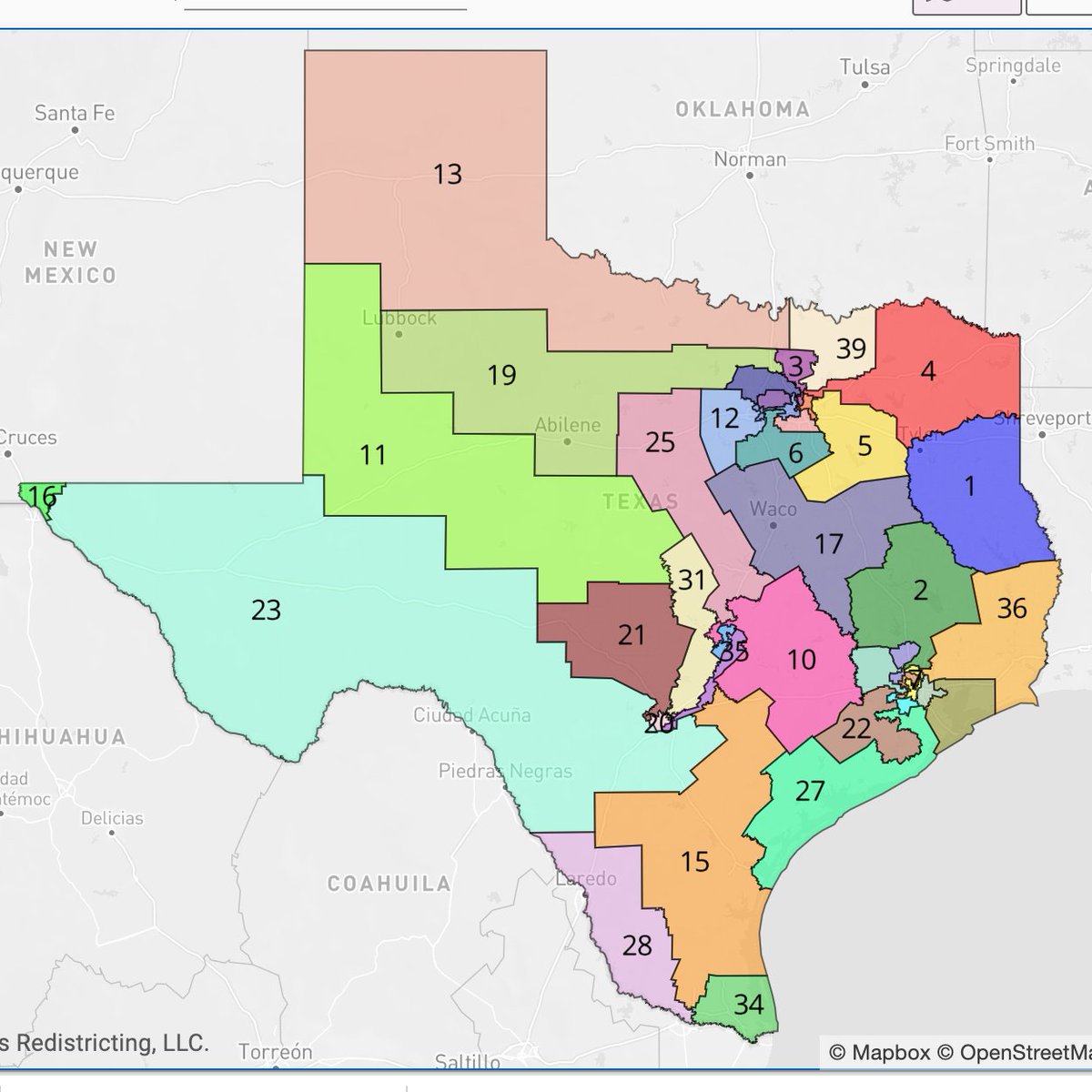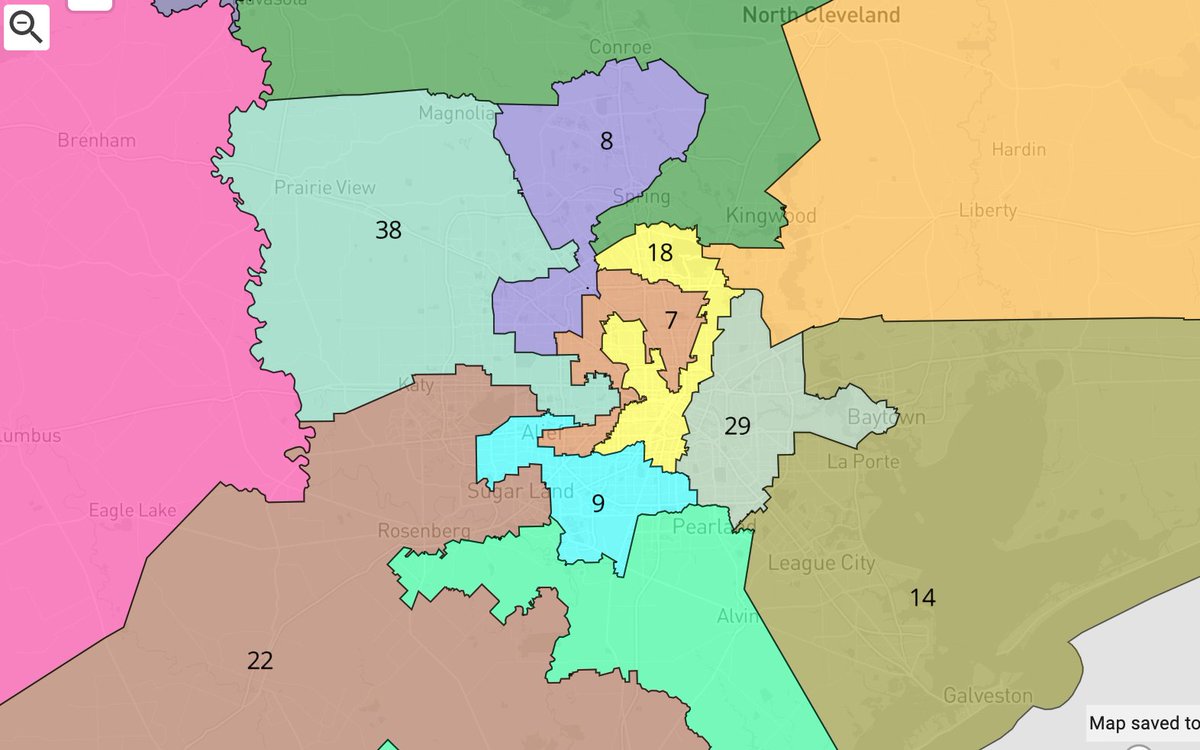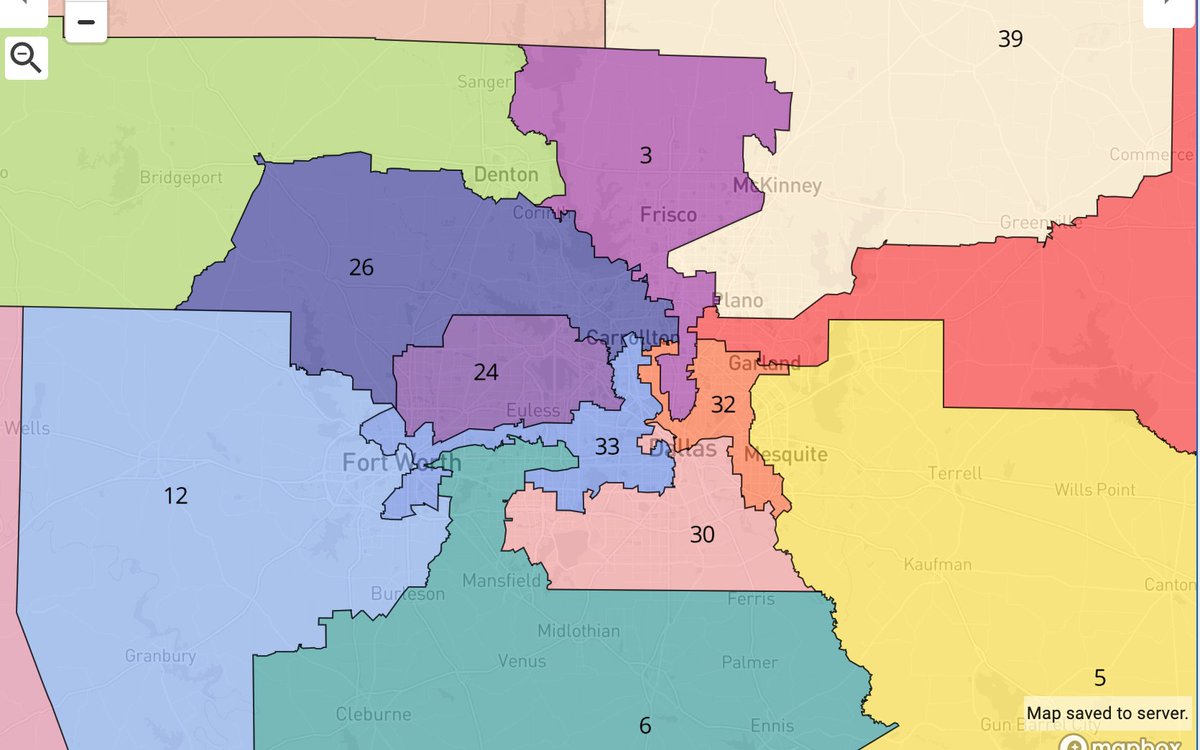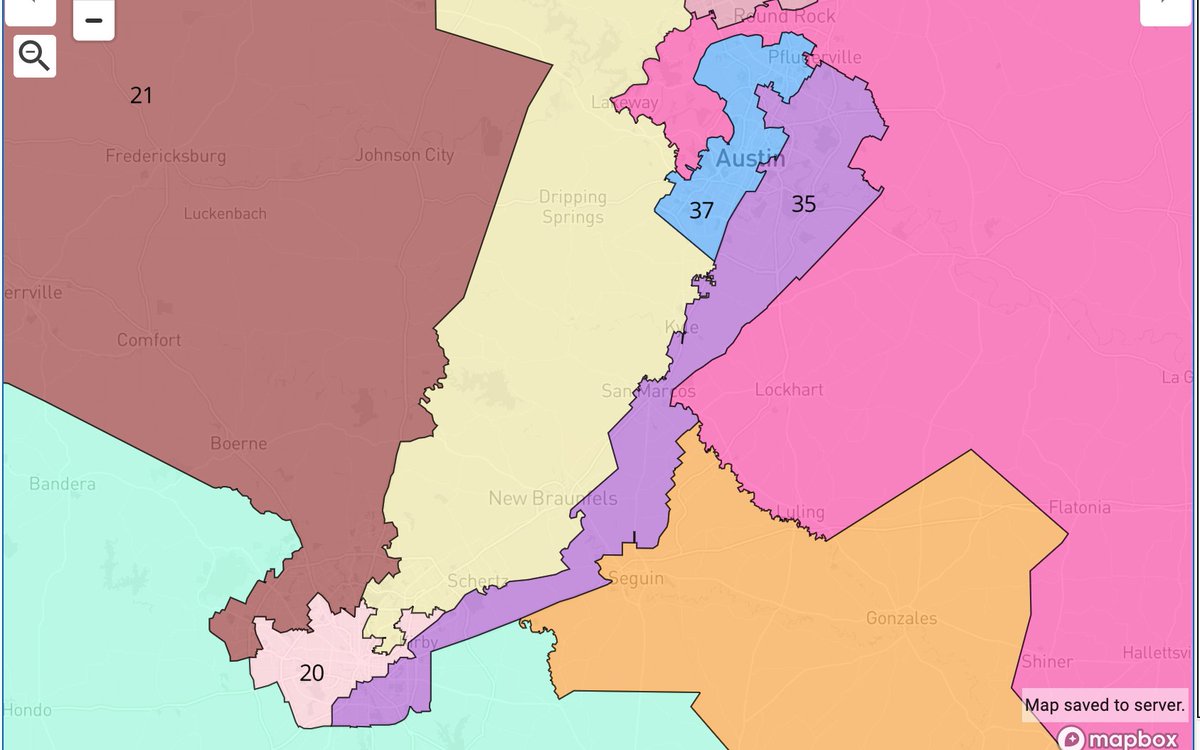
New York is poised to lose a seat. But if Dems end up drawing the map, it could be their biggest weapon of the redistricting cycle.
They could merge Stefanik/Tenney (if Tenney's lead holds in #NY22) and severely threaten other Rs, converting a 19D-8R map into 23D-3R (below).
They could merge Stefanik/Tenney (if Tenney's lead holds in #NY22) and severely threaten other Rs, converting a 19D-8R map into 23D-3R (below).
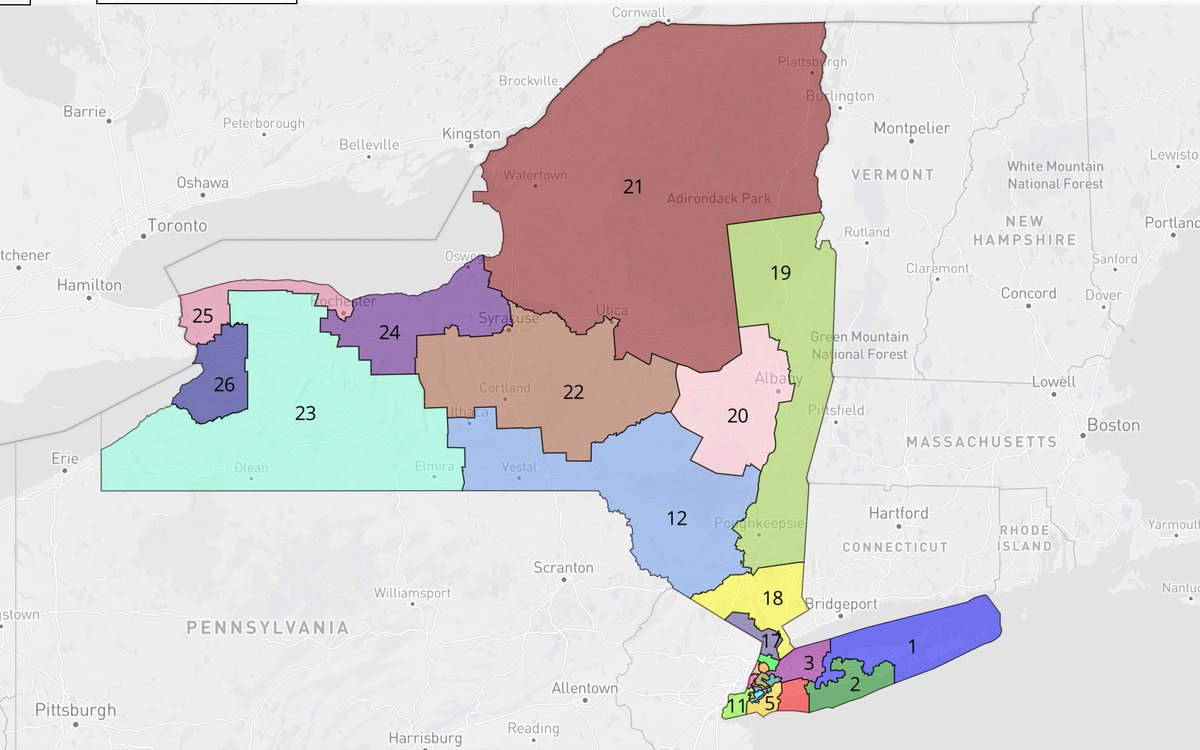
Upstate: under the scenario (above) I've heard floated...
1. #NY27 Jacobs (R) would be axed
2. A safe new Syracuse/Utica #NY22 for Anthony Brindisi (D)
3. A new Ithaca/Kingston district, #NY12, for state Sen. Michelle Hinchey (D)
4. All current Dem incumbents get Biden +10 seats
1. #NY27 Jacobs (R) would be axed
2. A safe new Syracuse/Utica #NY22 for Anthony Brindisi (D)
3. A new Ithaca/Kingston district, #NY12, for state Sen. Michelle Hinchey (D)
4. All current Dem incumbents get Biden +10 seats
One other feature of this play for Upstate: Dems would put Rep. John Katko (R)'s home in Camillus in a Syracuse-less #NY24 (purple), but keep it winnable for themselves in case Katko retires/loses a primary.
Btw, longtime NY observers will recall that state Sen. Michelle Hinchey (D)'s dad, late Rep. Maurice Hinchey (D), represented a very similar Ithaca/Binghamton/Ulster district back in the 1990s/2000s.
The theory: her last name would carry a lot of appeal in the #NY12 above.
The theory: her last name would carry a lot of appeal in the #NY12 above.
NYC/Long Island: Dems could endanger Rep. Lee Zeldin (R) by adding Dem parts of Babylon/Islip to #NY01 and Rep. Nicole Malliotakis (R) by adding Park Slope/Red Hook to Staten Island's #NY11.
Under the hypothetical below, both go from Trump CDs to double digit Biden CDs.
Under the hypothetical below, both go from Trump CDs to double digit Biden CDs.
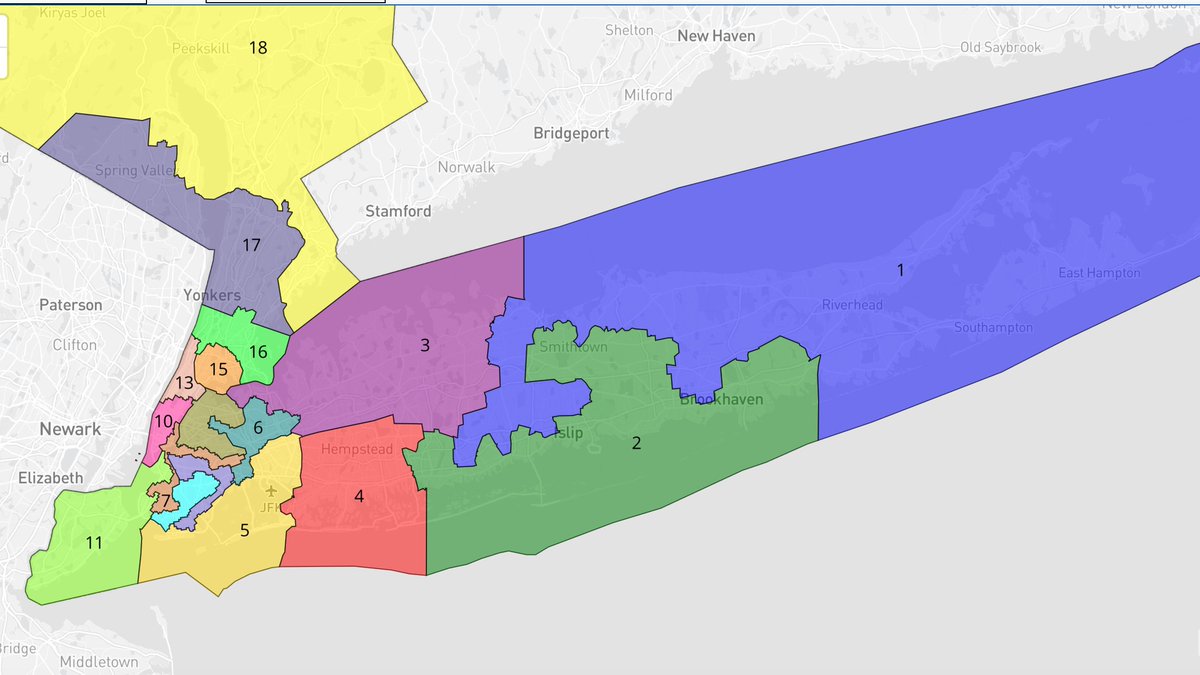
In this scenario, Rep. Carolyn Maloney (D)'s "Silk Stocking" #NY12 would be eliminated (she's 74 and nearly lost her last primary, so could retire). The Upper East Side would be given to Rep. Jerry Nadler (D)'s #NY10 and Astoria/Greenpoint would go to AOC's #NY14.
NYC closeup: majority-minority districts would be preserved for...
#NY05 Meeks (D),
#NY06 Meng (D)
#NY07 Velazquez (D)
#NY08 Jeffries (D)
#NY09 Clarke (D)
#NY13 Espaillat (D)
#NY14 Ocasio-Cortez (D)
#NY15 Torres (D)
#NY16 Bowman (D)
#NY05 Meeks (D),
#NY06 Meng (D)
#NY07 Velazquez (D)
#NY08 Jeffries (D)
#NY09 Clarke (D)
#NY13 Espaillat (D)
#NY14 Ocasio-Cortez (D)
#NY15 Torres (D)
#NY16 Bowman (D)
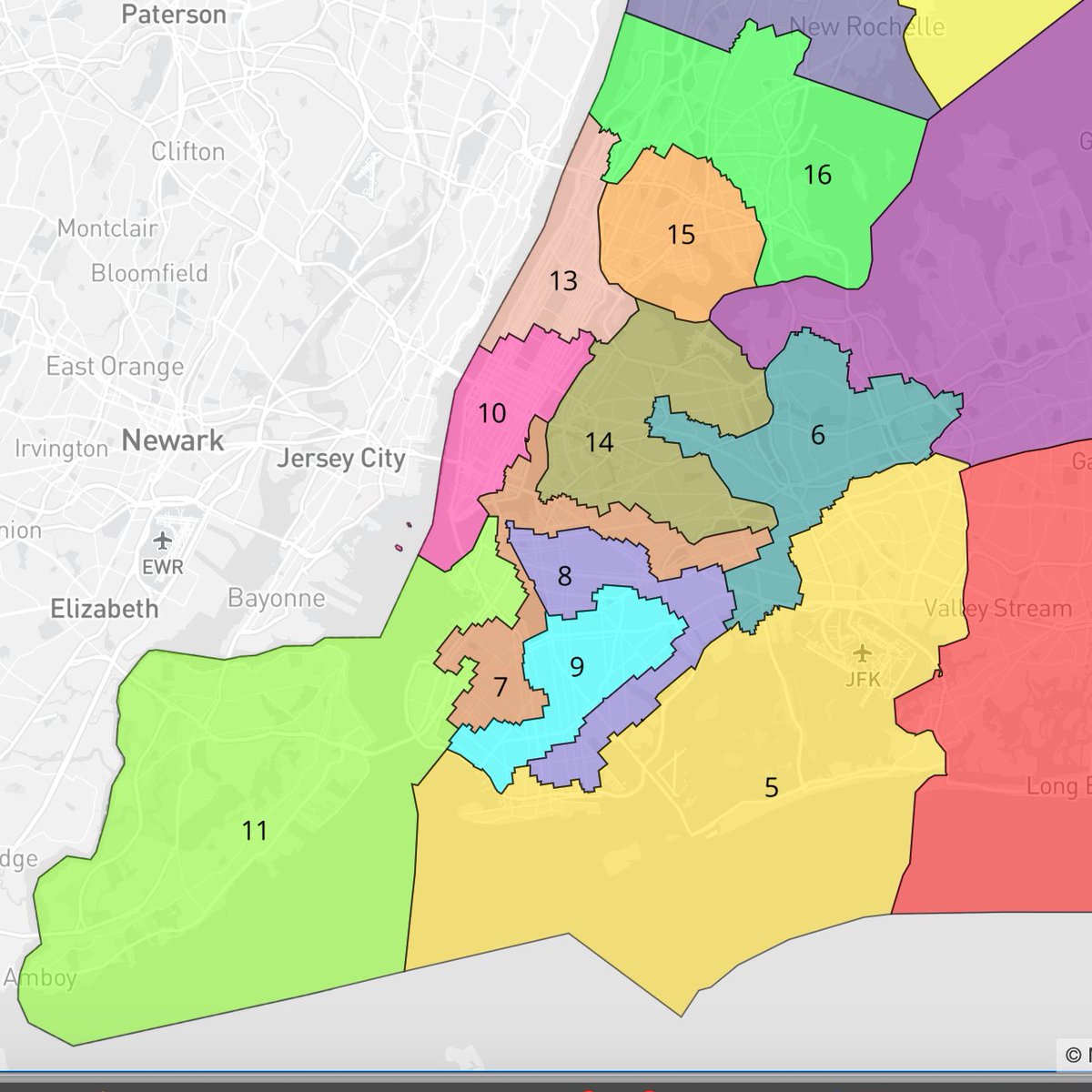
Btw, even though it's a Dem gerrymander, it could make a lot of NYC districts more compact: #NY14 and #NY06 would be entirely within Queens, #NY10 and #NY13 would be entirely within Manhattan. #NY08 and #NY09 would be entirely within Brooklyn.
• • •
Missing some Tweet in this thread? You can try to
force a refresh

